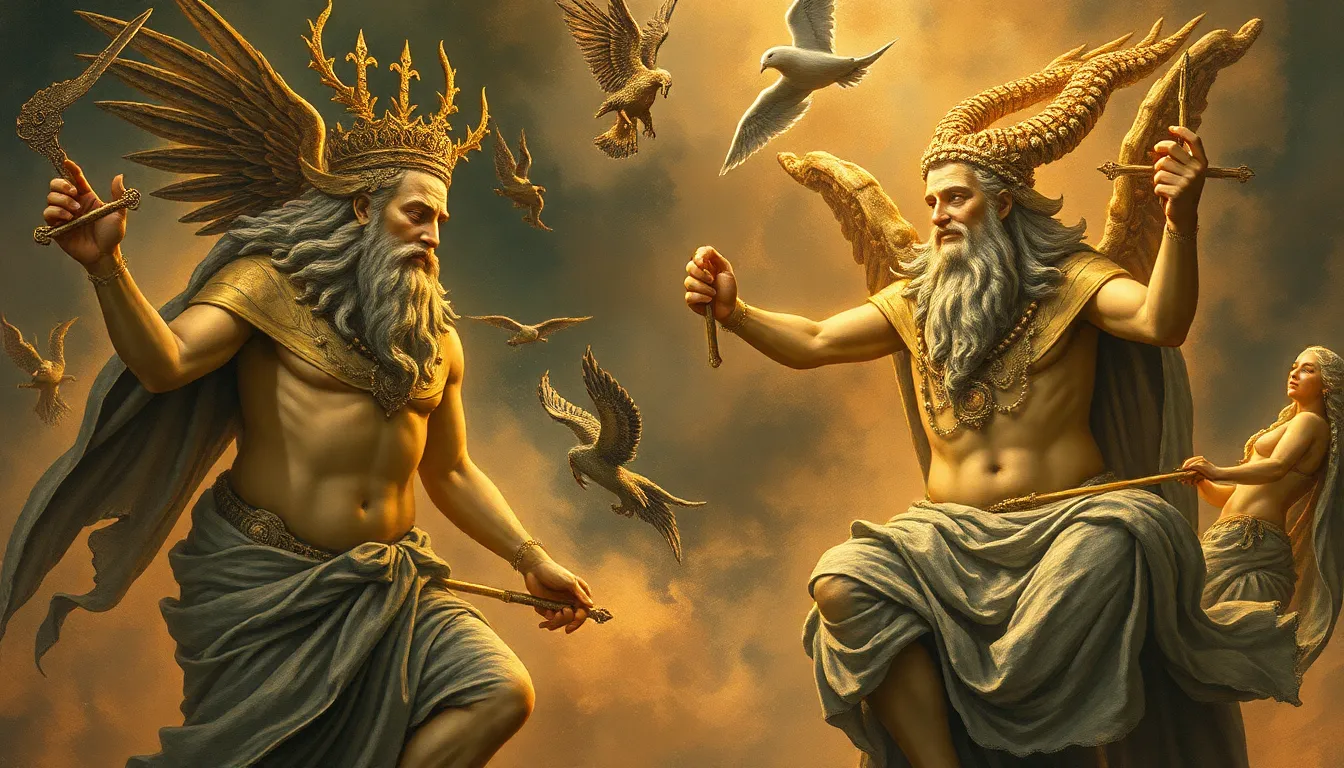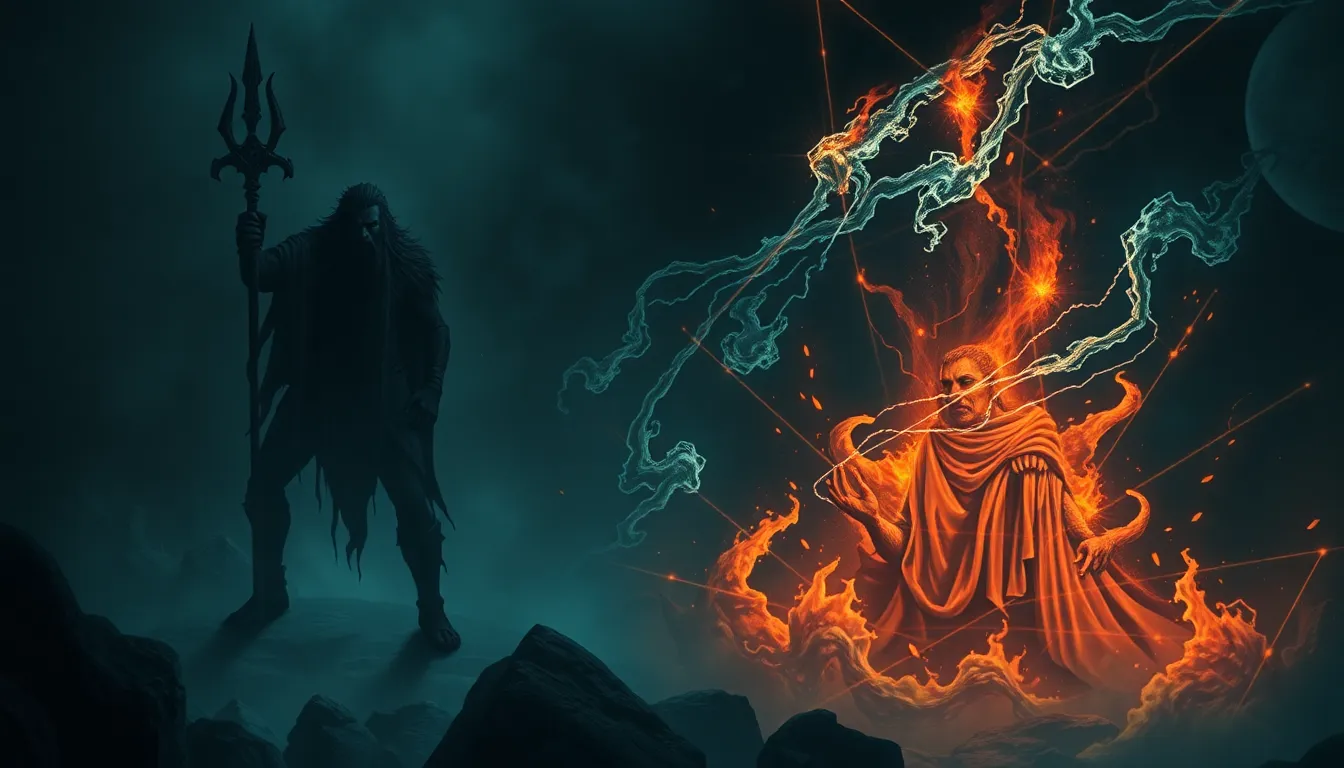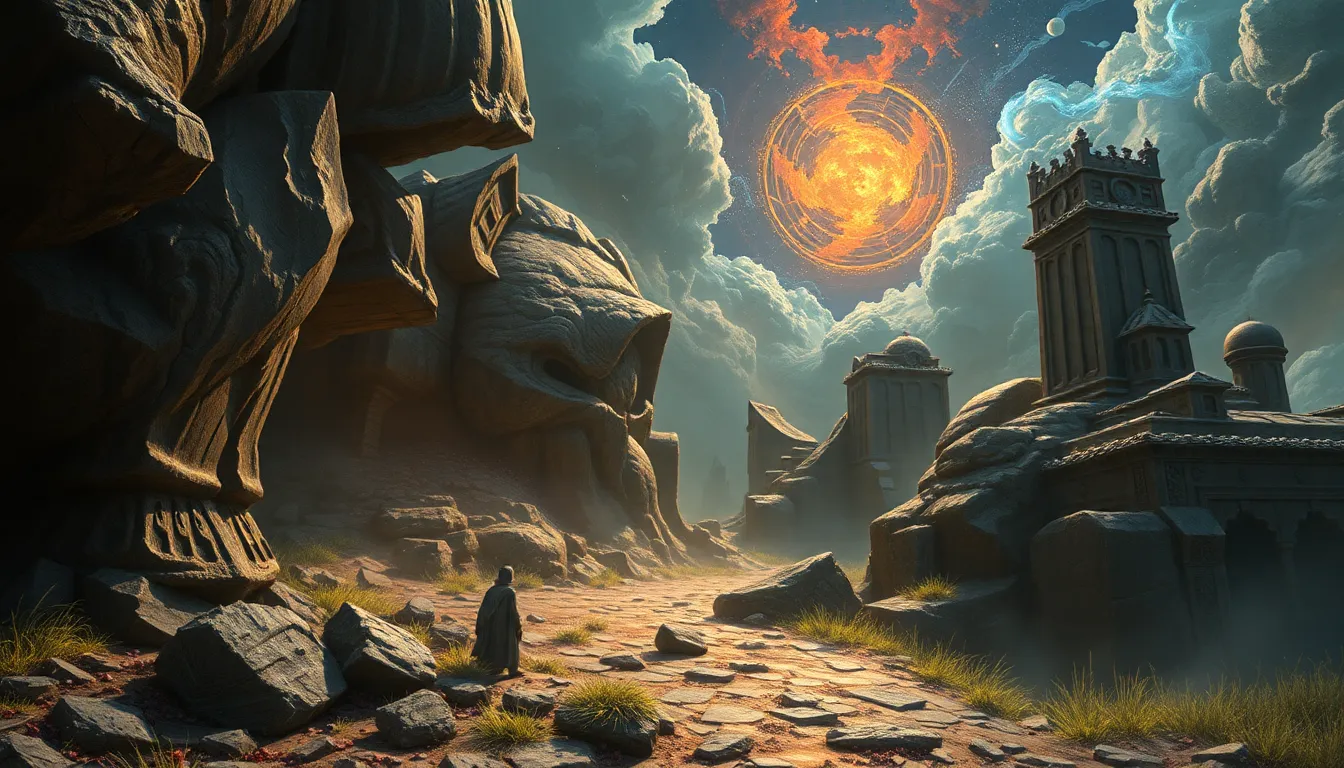The Enchanting Realm of Mythical Islands in Filipino Folklore
The Philippines, a nation of over 7,000 islands, boasts a rich tapestry of folklore filled with enchanting stories of mythical islands. These legendary islands, often hidden from ordinary eyes, exist in the realm of myth and legend, adding a layer of mystery and wonder to Filipino culture. They represent a deep connection between the Filipinos and their natural environment, reflecting their beliefs about the supernatural, the allure of adventure, and the power of mythical creatures.
A Tapestry of Islands, Myths, and Magic
Filipino folklore is a vibrant tapestry woven with stories of mythical islands, each with its unique charm and significance. These islands are not just geographical locations; they are portals to the supernatural, where the boundaries between the real and the imagined blur. From the fabled Isla de Luzon, the birthplace of the first Filipinos, to the mystical Isla de Pintados, known for its magical inhabitants, each island holds a story that has been passed down through generations. These tales are not just entertaining; they offer insights into the cultural values, beliefs, and fears of the Filipinos.
The Islands as Portals to the Supernatural
Mythical islands in Filipino folklore are often portrayed as gateways to the supernatural world, where spirits, gods, and mythical creatures reside. They are places of immense power and mystery, where the laws of nature are often suspended. For example, the island of Batanes, in Filipino mythology, is home to the "Diwata," powerful beings who are protectors of nature and guardians of the island's secrets. These islands are not just physical locations; they are symbolic representations of the unseen forces that govern the natural world, embodying both the beauty and the dangers of the unknown.
Mythical Islands as Symbols of Lost Paradise
Many mythical islands in Filipino folklore are seen as representations of a lost paradise, a place of eternal bliss and harmony. This concept reflects a longing for a simpler, more idyllic time, free from the complexities and challenges of the modern world. For example, the island of "Pulo ng mga Engkanto" (Island of the Fairies) is often described as a place of eternal spring, where nature is abundant, and the people live in perfect harmony. These tales of lost paradise resonate with the Filipino desire for peace, tranquility, and a connection with the natural world.
The Lure of the Unknown: Islands as Destinations of Adventure
The mythical islands in Filipino folklore are often presented as destinations for daring adventurers, who are drawn by the lure of the unknown and the promise of untold riches. These tales of exploration and adventure are a reflection of the Filipino spirit of courage and resilience, their willingness to face the unknown and embrace new challenges. For instance, the island of "Isla de Oro" (Island of Gold) is said to be guarded by mythical creatures and hidden treasures, attracting adventurers who seek fortune and fame. These stories illustrate the Filipino fascination with the unknown, their desire to push boundaries and explore the world beyond the familiar.
Island Spirits and Guardians: Defending the Sacred
The mythical islands in Filipino folklore are often protected by powerful spirits and guardians, who ensure that these sacred places remain hidden from those who are unworthy or unprepared. These guardians, often depicted as powerful creatures or wise beings, represent the deep respect the Filipinos have for nature and the importance of preserving its balance. They are the keepers of the islands' secrets, and their presence warns against disrespecting the sanctity of the natural world. The spirits and guardians serve as reminders that the islands are not merely destinations for exploration but places of profound spiritual significance.
Examples of these guardians include the "Kapre," a giant, cigar-smoking tree spirit who guards the forests and protects the balance of nature, and the "Tikbalang," a horse-like creature with a human head, known for its mischievous nature and its role in guiding lost travelers. These creatures are not merely mythological beings; they represent the powerful forces that govern the natural world, reminding the Filipinos to approach the unknown with respect and reverence.
Mythological Creatures and Their Role on the Islands
The mythical islands of Filipino folklore are also inhabited by a diverse array of creatures, each with their unique characteristics and roles. These creatures often embody specific qualities or values, reflecting the Filipinos' understanding of the natural world and their relationship to it. They can be helpful or harmful, depending on how they are treated and whether they are respected.
For example, the "Sirena" (mermaid) is a creature of both beauty and danger, often associated with the mysteries of the deep sea. The "Duwende" (dwarf) is a small, mischievous creature who lives in the forest and is often associated with prosperity and fortune. These creatures are more than just fantastical beings; they serve as reminders of the interconnectedness of all living things, and the importance of respecting the balance of the natural world.
The Influence of Pre-Colonial Beliefs on Island Mythology
The mythical islands of Filipino folklore are deeply rooted in the pre-colonial beliefs of the Filipinos. These beliefs, based on a deep connection to nature and the veneration of ancestral spirits, have shaped the stories and legends that have been passed down through generations. The animistic beliefs of the Filipinos, which saw spirits in everything from trees to mountains, influenced the creation of mythical creatures and the belief in the sacred nature of the islands.
For example, the belief in "Anito," ancestral spirits who watch over the land and its people, is reflected in the stories of island guardians and protectors. The concept of "Bathala," the supreme deity, is often associated with the creation of the islands and the establishment of a natural order. These beliefs, passed down through generations, continue to influence the understanding of the mythical islands in Filipino folklore, providing a link to the rich cultural heritage of the people.
Theories Behind the Origins of Island Myths
There are various theories about the origins of the mythical islands in Filipino folklore. Some scholars believe that they are rooted in real geographical features, which have been embellished over time through storytelling and imagination. The islands may represent real locations that have since been lost to time or are simply inaccessible. Others believe that the islands are purely symbolic, representing a longing for a better world or a reflection of the Filipinos' deep connection to the sea.
It is also possible that the myths were influenced by the interaction with other cultures, such as the Chinese, Malay, and Spanish, who had their own stories and myths about islands and mythical creatures. Regardless of their origin, the mythical Islands of Filipino Folklore have become an integral part of the country's cultural identity, reflecting a deep connection to nature and the enduring power of imagination.
Modern Interpretations of the Mythical Islands in Filipino Culture
The mythical islands of Filipino folklore continue to hold a significant place in modern Filipino culture. They are frequently used in literature, film, and even in contemporary art. These stories are often reinterpreted in a modern context, reflecting social and political issues. The myths serve as a source of inspiration and a reminder of the rich cultural heritage of the Philippines.
The mythical islands are also used to promote eco-tourism and to raise awareness about the importance of protecting the environment. The stories of the islands and their creatures are used to teach children about traditional Filipino values and to foster a sense of pride in their heritage. The mythical islands of Filipino folklore are more than just stories; they are a living part of the culture, constantly evolving and adapting to the changing world.
FAQ
Q: What are some of the most famous mythical islands in Filipino folklore?
A: Some of the most famous mythical islands include Isla de Luzon, Isla de Pintados, Isla de Oro, Pulo ng mga Engkanto, and Batanes.
Q: What are some of the key themes in Filipino island mythology?
A: Key themes include the supernatural, lost paradise, adventure, guardians and spirits, and the interconnectedness of nature.
Q: What is the significance of mythical islands in modern Filipino culture?
A: The mythical islands continue to be a source of inspiration, a reminder of cultural heritage, and a tool for promoting eco-tourism and preserving the environment.
Q: How do these myths reflect Filipino beliefs about the natural world?
A: The myths reflect a deep respect for nature, a belief in the power of spirits, and a sense of interconnectedness with all living things.




